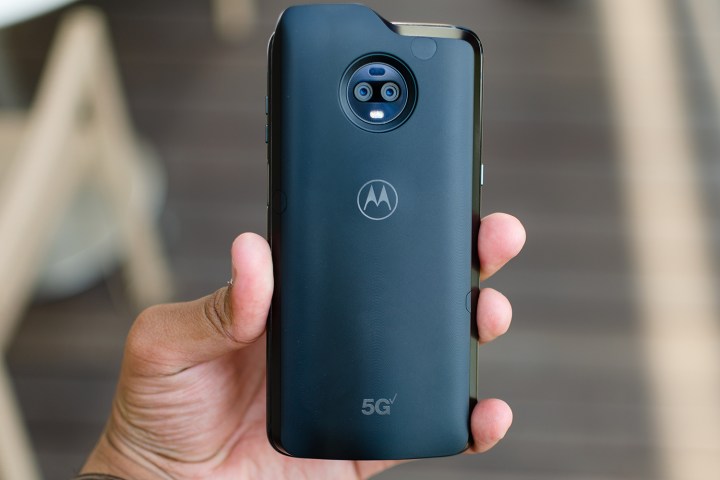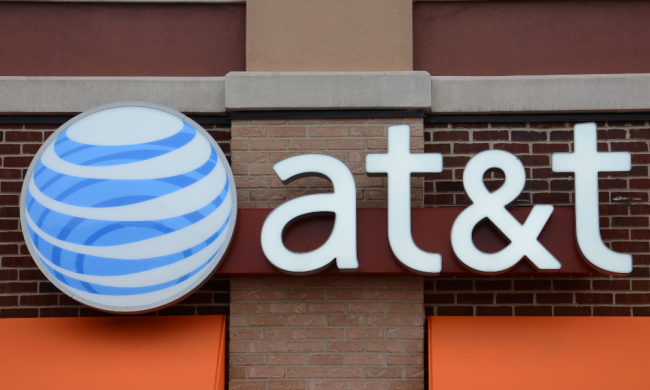
With the deployment of the first 5G networks in the U.S., hype for the next generation of wireless technology is hitting fever pitch. AT&T says 5G “will be a whole new kind of network,” Verizon promises “a spectacular impact on how we live, work and play,” T-Mobile believes 5G “will change the way we live,” and Sprint goes so far as to liken 5G to “the step up from black and white TV to color TV.”
What does all that really mean? Well, in most cases when carriers talk about the advantages of 5G, they’re referring to technologies that are still developing, like autonomous cars, augmented and virtual reality, or the Internet of Things. Those are all fascinating applications, but those discussions don’t provide us with much information about what we should expect from the actual 5G smartphones that are coming soon from companies like OnePlus, Samsung, LG, Google, Asus, Xiaomi, Nokia (HMD), and more. Let’s delve into the details here.

Faster (in the future)
A reasonable expectation for the first 5G smartphones would be that they’re significantly faster than their 4G LTE predecessors. However, as analyst Joe Madden recently noted, 5G phones might not be noticeably faster in the way consumers are expecting. If the public is expecting things like launching Instagram to be faster … well, most of that depends on the computing power of the phone, while only a small amount rests on the actual data transfer time.
Even if consumers do have the right idea about what will be affected by faster data speeds, the early 5G results we’ve seen from fixed wireless devices like those deployed by AT&T are not super impressive — in fact, the speeds are more or less in line with current 4G LTE speeds. That’s because it’s early days yet.
The promise of 5G is not about making phones better — it’s about finding a new killer application that will change the world.
Carriers have yet to deploy all of their new spectrum and infrastructure, and there’s still ongoing work being done on the 5G standard itself. Right now, what you might see from 5G (at least in the U.S.) are gigabit speeds that are well within the range of current LTE capabilities (up to 2Gbps).
It’s hard to say just how fast carriers will ramp up to more impressive speeds, but considering the pace of 5G development so far, it probably won’t be too long. It’s reasonable to believe that within the next few years, peak speeds in ideal conditions will hit 5Gbps and above, facilitating technologies like mobile VR and AR — arguably the most promising 5G tech for smartphones.
Size and price may expand
One important thing to consider, though, is that for our current purposes — browsing social media, sharing video and images, video calling — 4G LTE is satisfactory for most people. 5G can help make those speeds consistently higher, but it’s not about to blow anyone’s mind in comparison to its predecessor. The truth is, the promise of 5G is not about making smartphones better — it’s about finding a new killer application that will change the world. On a more business-focused note, it’s also about delivering large amounts of data in a way that’s more cost effective for the operators, but only time will tell if that translates to lower data prices and higher caps for consumers.

With all that being said, 5G will still have a serious impact on smartphones — it just may not be all positive. To achieve those higher throughputs that we’ve been hearing about, smartphone manufacturers will have to incorporate multiple mmWave antennas into their phones (see our full explainer on mmWave and other types of 5G), which use technologies like beamforming to direct the sensitive short-range signals. Additionally, any device that uses Qualcomm’s 5G technology (which seems to be the majority), will need both a 5G and LTE modem. From this description of all the hardware and resources needed to make a 5G phone, you can probably guess two things: 5G handsets — at least in the near future — will be more expensive, and they probably won’t be as thin as the average LTE phone.
Battery and other potential challenges
Those who remember the days of early 4G are also, quite reasonably, concerned about battery life issues. The first 4G phones, including the notorious HTC Thunderbolt, ran through the battery exceptionally quickly due to constantly strains switching between 3G and 4G. This situation should be better with the switch from 4G to 5G because, in the beginning, 4G will be the default, with 5G dormant until there’s a need for faster speeds or lower latency. Still, when the 5G chip is in use, it may present a more significant draw on battery life, and batteries may also have to be smaller due to the added wireless hardware.
On top of all this, carrier 5G deployments add yet another layer of complication. In the U.S., carriers are deploying their 5G on many different frequencies, so we’ll likely see early 5G phones that only function with certain carriers and not others, like we did when 4G was just getting on its feet in 2011 and 2012.
It’s not all doom and gloom, though. All these wrinkles will eventually be ironed out and we will no doubt eventually be wowed by the amazing opportunities 5G presents. But for the next year or two, we wouldn’t recommend going out of your way to get a 5G phone unless you’re the type of person who likes testing out future technologies, even if there’s a flaw or two.


